How to Heal Faster After a Tooth Extraction: Essential Recovery Tips
- 1. Understanding Tooth Extraction and Recovery
- 2. Tips for Faster Healing After a Tooth Extraction
- 3. Post-Extraction Care for a Smooth Recovery
- 4. How to Manage Pain and Discomfort After Tooth Extraction
- 5. Common Complications and How to Avoid Them
1. Understanding Tooth Extraction and Recovery
A tooth extraction is a dental procedure in which a tooth is removed from its socket in the jawbone. While it is a relatively common and routine procedure, it requires proper aftercare to ensure a smooth recovery. Knowing how to heal faster after a tooth extraction can make a significant difference in how quickly and comfortably you return to your normal activities.
The healing process after a tooth extraction typically involves a few key stages. Initially, the body works to close the extraction site, forming a blood clot. Over the next few days, the tissue heals, and the bone gradually fills in the empty space where the tooth was. Healing times can vary, but with the right steps, you can accelerate the process and minimize discomfort.
2. Tips for Faster Healing After a Tooth Extraction
Recovery time after a tooth extraction can be quick if you follow a few simple yet effective tips. Here are some ways to promote faster healing:
- Follow Your Dentist's Instructions: Always adhere to the post-surgery guidelines given by your dentist. This includes taking prescribed medications, attending follow-up appointments, and avoiding certain activities that could hinder healing.
- Keep the Area Clean: Gently rinse your mouth with warm salt water after 24 hours to keep the extraction site clean. Avoid brushing directly on the wound during the first few days.
- Use Cold Compresses: Apply a cold compress to your face for 15-20 minutes at a time during the first 24-48 hours to reduce swelling and inflammation.
- Stay Hydrated and Eat Soft Foods: Drinking plenty of water and sticking to soft foods like soup, mashed potatoes, and yogurt will aid your recovery. Avoid hard, crunchy, or hot foods that can irritate the site.
By following these tips, you can speed up the healing process and minimize discomfort in the days following your tooth extraction.
3. Post-Extraction Care for a Smooth Recovery
Proper post-extraction care is critical for ensuring the best possible healing. Here are some steps to follow after your tooth extraction:
- Rest is Key: Make sure to get plenty of rest for the first 24 hours after your procedure. This helps your body focus on healing. Avoid strenuous activities that could disrupt the clot or cause increased bleeding.
- Avoid Smoking and Alcohol: Smoking and drinking alcohol can delay healing and increase the risk of complications like dry socket. It is best to avoid these habits for at least 48-72 hours after the procedure.
- Take Pain Medications as Directed: Follow your dentist’s recommendations for pain management. Over-the-counter pain relievers like ibuprofen can help control discomfort and inflammation. If your dentist prescribed specific medications, be sure to take them as instructed.
Staying vigilant with post-care can significantly affect your recovery time and minimize the chance of complications.
4. How to Manage Pain and Discomfort After Tooth Extraction
It’s natural to experience some pain and discomfort after a tooth extraction. However, you can manage these symptoms effectively by following these strategies:
- Use Cold Compresses: A cold compress can help reduce swelling and numb the area, providing significant relief during the first 48 hours.
- Take Pain Relievers: Over-the-counter pain medications, such as ibuprofen or acetaminophen, can effectively manage mild to moderate pain. Always follow your dentist’s advice on dosage and frequency.
- Elevate Your Head While Sleeping: When lying down, elevate your head with pillows to help minimize swelling. Keeping your head elevated reduces blood flow to the affected area, which can lessen discomfort.
By keeping your pain under control, you’ll be able to focus on healing and avoid unnecessary stress during recovery.
5. Common Complications and How to Avoid Them
While tooth extractions are typically straightforward, there are some potential complications to watch for during recovery. Understanding how to avoid these complications can help ensure a smooth healing process:
- Dry Socket: This is one of the most common complications after a tooth extraction, where the blood clot that forms at the site of extraction becomes dislodged, exposing bone and nerves. To avoid dry socket, avoid sucking motions (like using straws) and smoking.
- Infection: If the extraction site becomes infected, it can slow down healing and cause additional pain. Ensure you keep the area clean, follow the prescribed antibiotic regimen, and monitor for signs of infection like increased swelling or pus.
- Excessive Bleeding: Some bleeding is normal right after the procedure. However, if you experience continuous or heavy bleeding, apply gentle pressure with a gauze pad or contact your dentist.
By taking preventative measures and following your dentist's advice closely, you can avoid these complications and speed up your healing process.

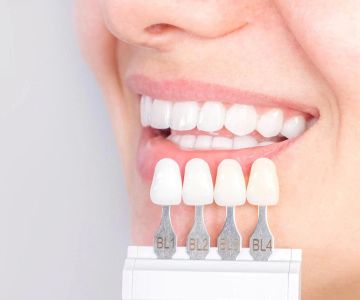

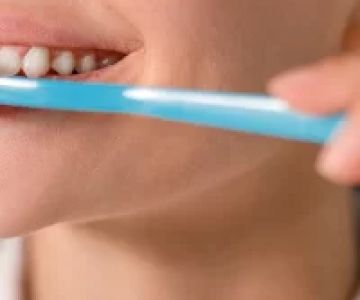
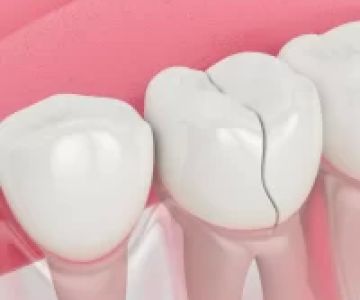
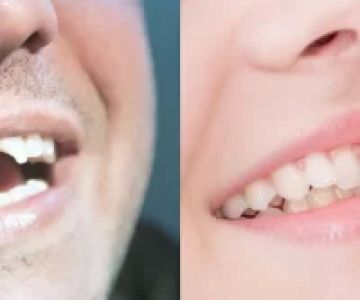
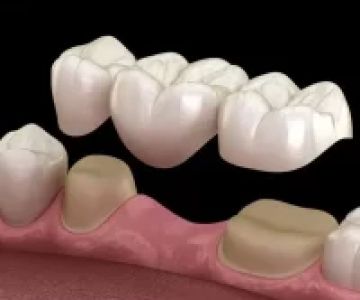
 Westgate Dental Arts
Westgate Dental Arts Coventry Family Dental
Coventry Family Dental Familia Dental
Familia Dental Dr. Daniel S. Fife, DDS
Dr. Daniel S. Fife, DDS Dentistry At Suburban Square: Michael I. Wollock, DMD
Dentistry At Suburban Square: Michael I. Wollock, DMD Comfort Care Dental
Comfort Care Dental The Importance of Oral Health Education During Pregnancy for a Healthy Pregnancy
The Importance of Oral Health Education During Pregnancy for a Healthy Pregnancy Why Skipping Dental Checkups Can Lead to Bigger Oral Health Problems
Why Skipping Dental Checkups Can Lead to Bigger Oral Health Problems Advantages of Porcelain Dental Restorations
Advantages of Porcelain Dental Restorations Best Tips for Brushing Your Teeth Properly for Healthy Gums: Essential Techniques for Oral Health
Best Tips for Brushing Your Teeth Properly for Healthy Gums: Essential Techniques for Oral Health How Can Diabetes Cause Tooth and Gum Problems? Preventing and Managing Oral Health Issues
How Can Diabetes Cause Tooth and Gum Problems? Preventing and Managing Oral Health Issues Healthy Habits for Promoting Good Oral Health and Hygiene: Tips for a Healthy Smile
Healthy Habits for Promoting Good Oral Health and Hygiene: Tips for a Healthy Smile